Emergent Curriculum in the PreK Classroom
Shandra Patton is a PreK educator and former Seedlings Fellow. She collaborated with kindergarten teacher Gyna Grant and art teacher Rebecca Looney, both two-time participants at the SEC summer workshop, to integrate curriculum and explore process art at various age levels. Here are some of her thoughts on emergent curriculum.
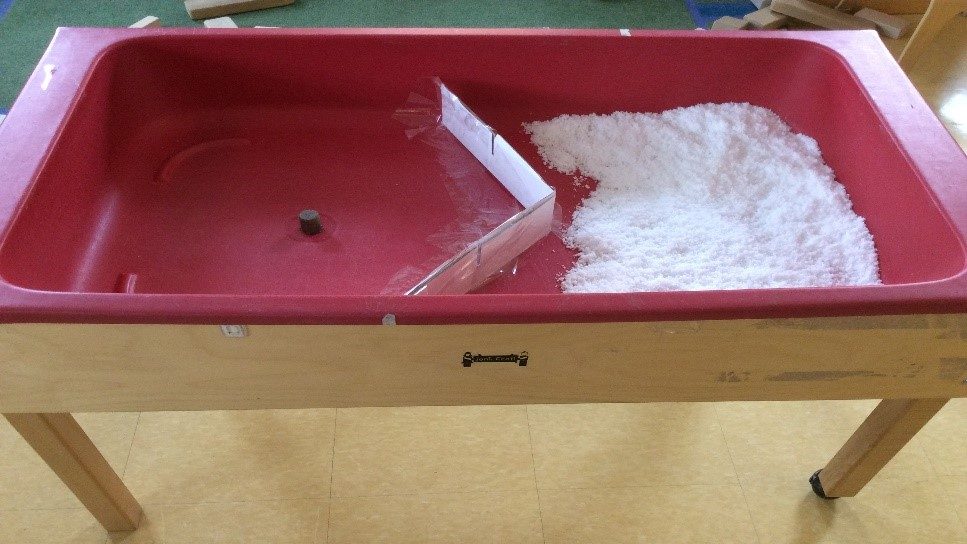
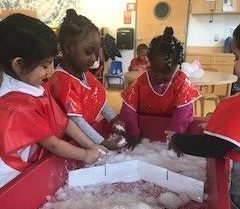
Create an environment that allows for exploration and discovery.
As early childhood educators, we take into account the skills of the children in our classrooms. We build attachments with these children in order to recognize their individual needs and help them explore their interests. As someone who has attended Seedlings Educators Collaborative’s summer workshop, I have gained confidence in my ability to create a project-based, emergent curriculum. In order to create an environment in which children are constantly exploring, discovering, predicting and generating an understanding of the world around them, teachers need to be creative in planning, implementing and facilitating a curricular plan that builds on their present knowledge and acknowledges children’s interests.
Mistakes and unexpected outcomes allow for more opportunities to learn.
A teacher must be willing to commit to the moment, and trust the process, and not be afraid to make mistakes or worry about children making mistakes. Mistakes are part of the learning process and can indeed be a factor that shapes a particular project or piece of an emerging curriculum. I’ve had activities that did not quite turn out the way I thought that they would, but these unexpected outcome turned into an even more interesting avenues of exploration for my students.
One such time was a during discovery activity in which children were encouraged to explore a material: synthetic snow. After observing the children play with the synthetic snow and asking several open-ended questions, I was a little let down to see that none of the children remarked that the snow was not real. I began to think of ways in which the children could come to realize that there was indeed a difference between the synthetic snow and real snow. The next day, we began with our revised plan for snow discovery–this is an emergent curriculum.
Children came into the classroom to find the sensory table set up the following morning. Teachers said nothing to the children about the changes made to the table. The children continued to walk past it, just looking inside. During our Morning Meeting the we laid the groundwork and introduced the discovery challenge. The children had yet to discover that I collected ice and snow that morning on my way to school and so, after Morning Meeting a group of children sat in the science area and started the challenge. We encouraged the children to figure out what was inside the bag without opening it. After a little bit more conversation, the children move on to the next stage of their discovery. Removing any props or tools to start allowed for initial discoveries using their senses to supply them with an abundance of information. After a couple more minutes the children were allowed to make choices about the tools they are interested in using in order to extend their learning experience and draw observations about synthetic snow and real snow and ice.
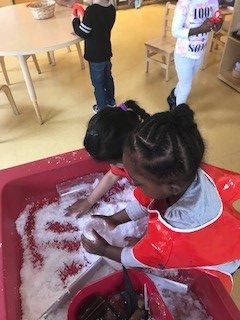
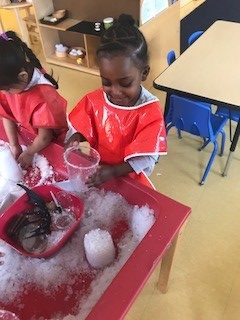
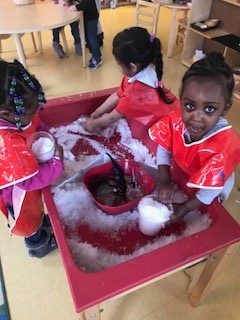
Emergent curriculum also allows for teachers to learn.
We know that open-ended play is the best way for children to build self-esteem, problem solve and make connections that include various domains. Open-ended play also allows for educators to learn about their students’ abilities and thought processes, as well as revise teaching approaches and learn from unexpected outcomes. When I first thought about adding the synthetic snow in the sensory table, I never thought to provide the children with the actual snow at the same time. When I realized that our discussion fell flat while investigating the synthetic snow, I realized my mistake was not providing the real thing and was able to provide the missing component the next day.
More from In My Classroom
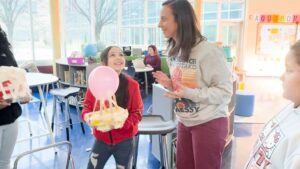
Watch Students Explore Gravity Concepts And Problem Solve through STEM
J.S. Martinez Magnet School’s STEM Resource Teacher Alyssa Granata-Basso welcomed Seedlings Educators Collaborative to observe students don their engineering hats in a hands-on problem-solving lesson exploring gravity. In teams, students designed, built, tested, and re-engineered a traveling vehicle to protect Alyssa’s friend “Eggbert” from the impact of landing.
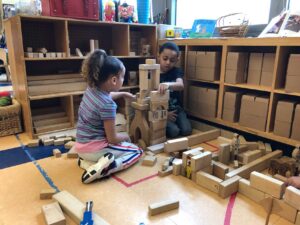
Reclaiming Kindergarten by Going Back to the Basics
As schools and districts place increasing emphasis on scores from high-stakes testing, teachers receive less autonomy in developing experiences and curriculum that engage students in meaningful learning. Over the course of one year, teachers revamped their kindergarten program, putting children’s development and interests in their rightful place as the centerpiece of curriculum by bringing play back into the classroom.
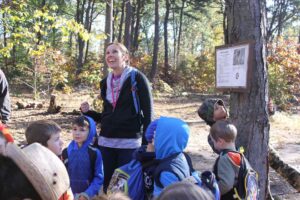
Jen Wilson’s Kindergartners Discover STEAM and Meaningful Connections in the Great Outdoors
Jen Wilson, kindergarten teacher at Cook Hill School in Wallingford, and the school librarian, Anna O’Brien, were awarded a grant from the Wallingford Education Foundation to develop a program they are calling KinderTinker. Jen and Anna are bringing the learning outside for extended free play and exploration, as well as structured STEAM-based activities that tie into the kindergarten science units.
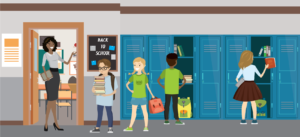
What should we expect from a 5th grader?
There are academic, behavioral and social-emotional benchmarks we expect of our general education students, no matter the year, but fifth grade, in particular, brings about new expectations as students move from lower elementary to more focused academic work, classroom transitions, and the need for organization and multitasking, among other important skills.

Animals in Winter: Student-Driven Learning to Explore Habitats
Jen Wilson’s kindergartners learn about shelter, safety, food through science, nature, math, engineering and reading.

Hug a Tree: A Framework for STEAM Learning
Hug a Tree: A Theme for STEAM Learning Seedlings Facilitator Julie Peterman took her students out to look at trees for a meaningful learning experience. One warm late winter morning, Julie Peterman’s 3-year old class at Conte West Magnet School to were introduced to Nyree Hodges, an educator at Common Ground Urban Farm and Environmental
